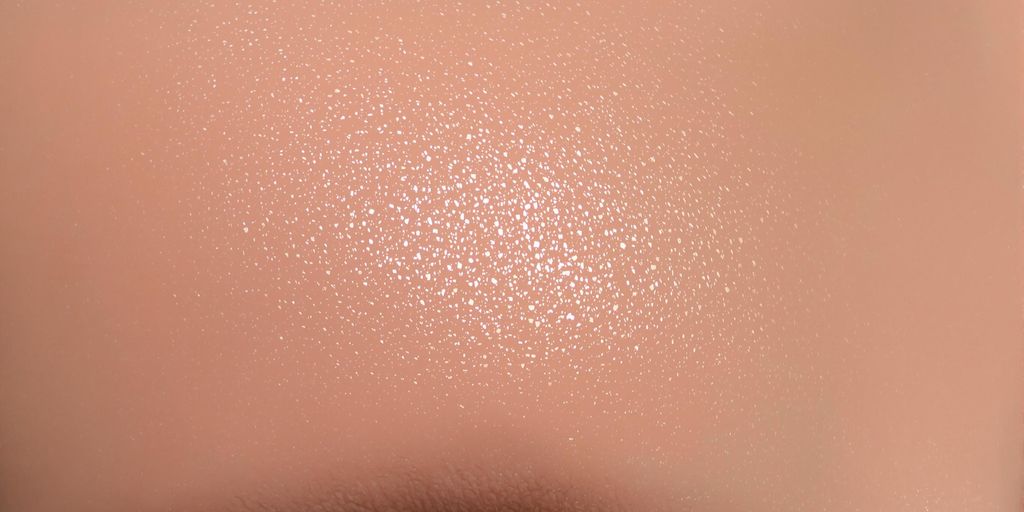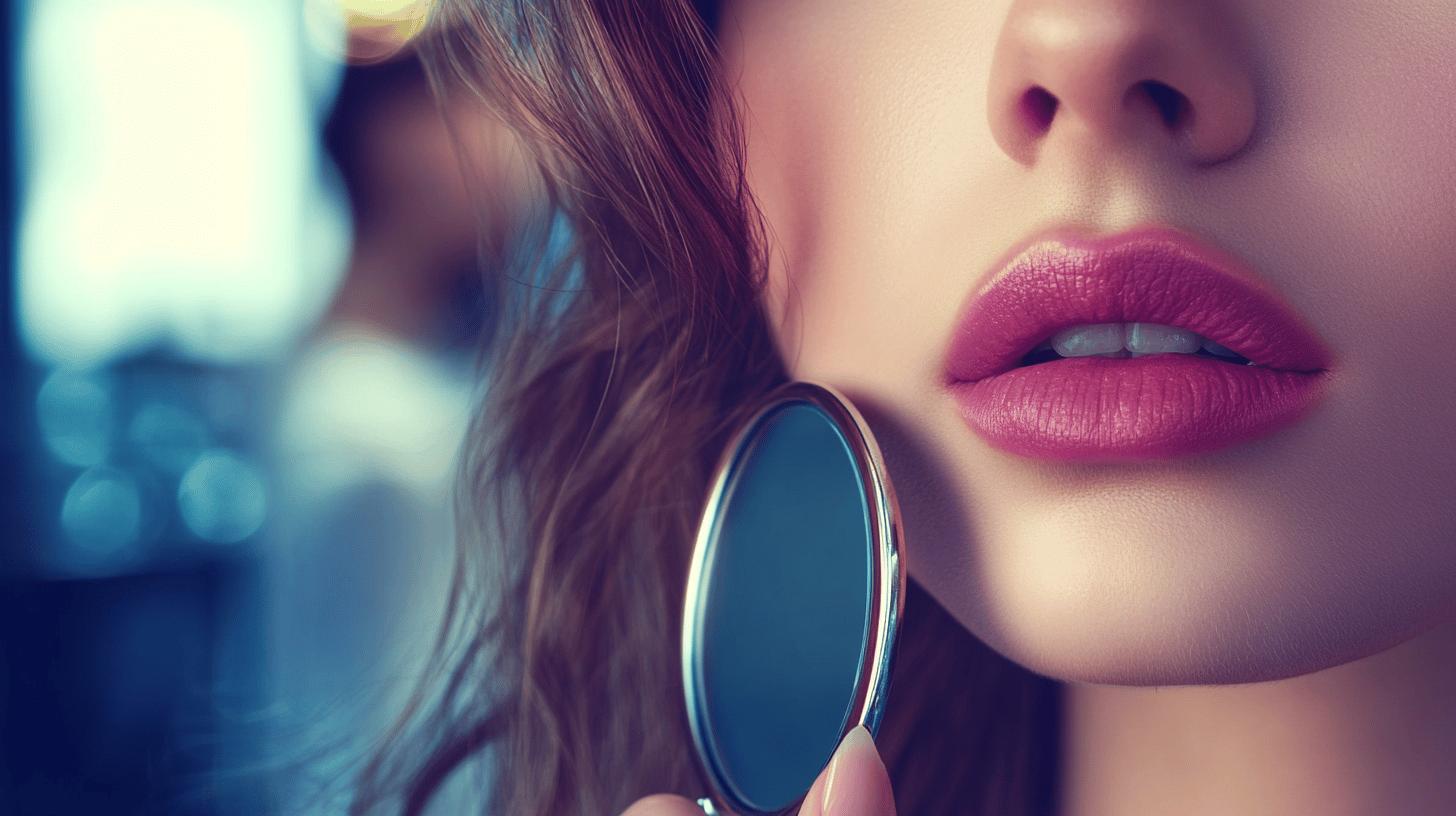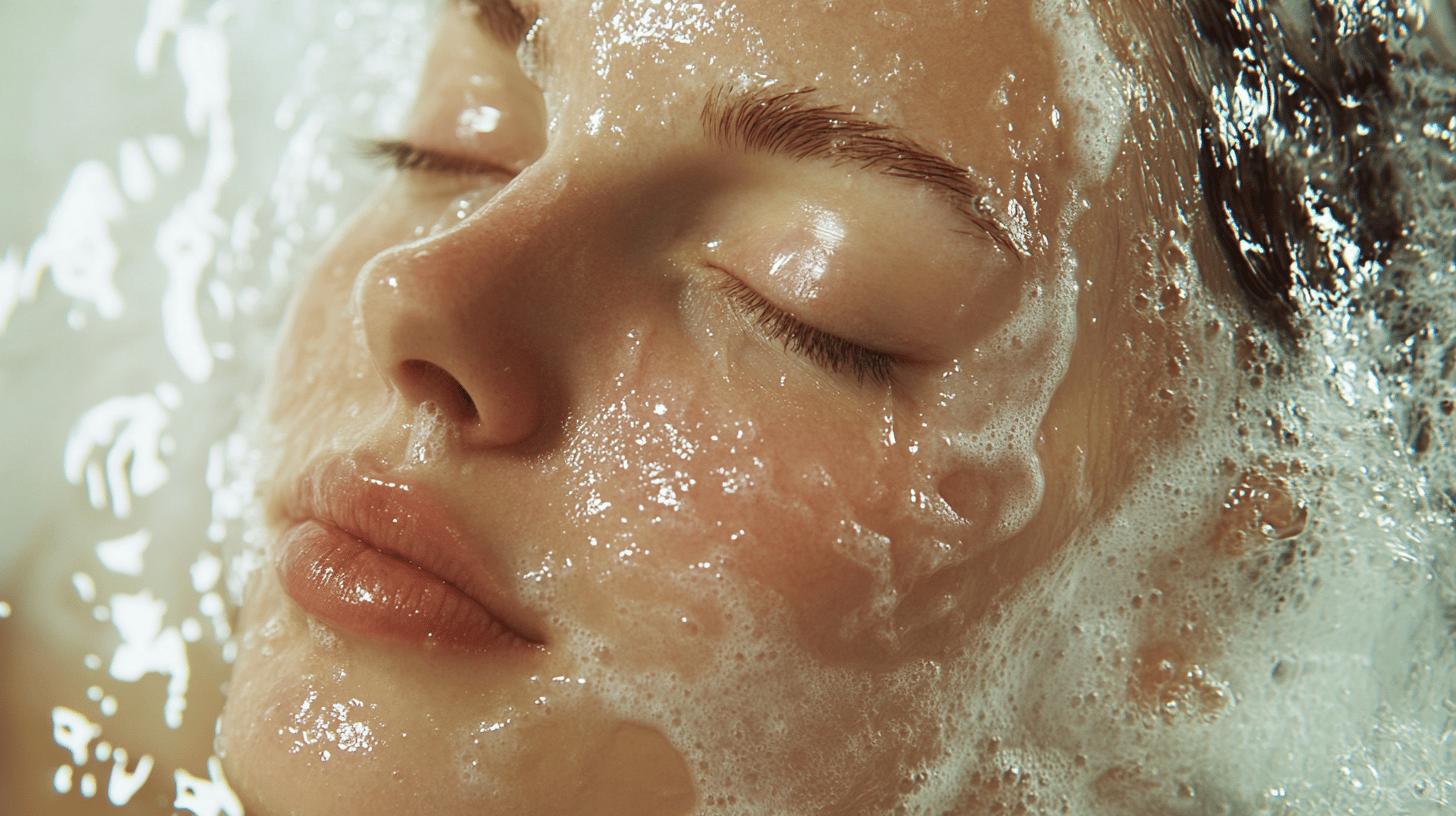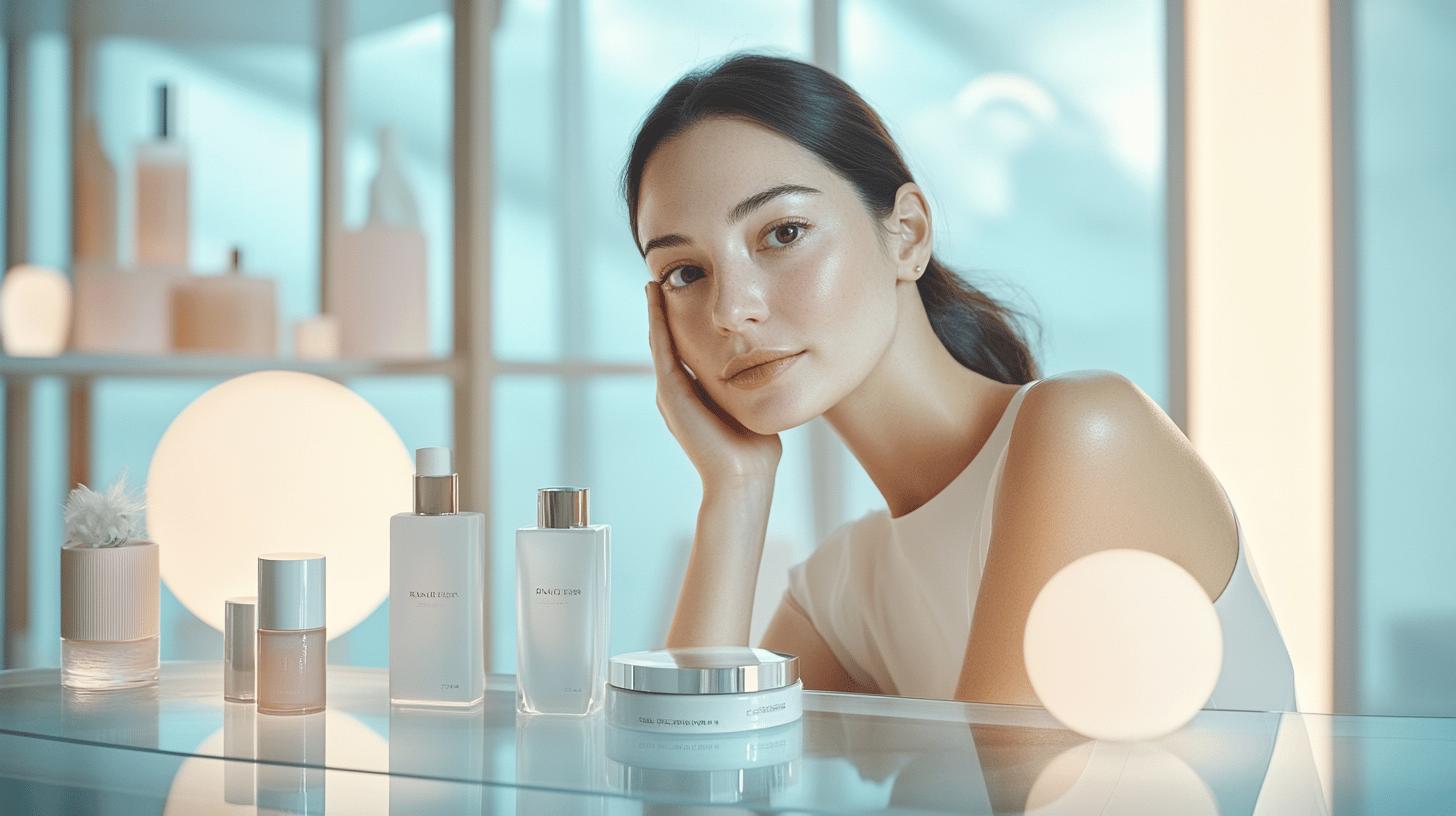Stepping into the world of dermal fillers for the first time can feel like navigating uncharted waters. How can one ensure the best outcome from this transformative experience? The secret lies in preparation. From selecting a skilled practitioner to making essential skincare and lifestyle changes, every detail counts towards a successful visit. This article delves into practical steps and expert tips to guide you through preparation, ensuring your first dermal filler appointment is safe, satisfying, and successful. Discover how to lay the groundwork for achieving your aesthetic goals with confidence.
Choosing the Right Practitioner for Your First Dermal Filler Appointment
Selecting a skilled practitioner is crucial for ensuring a safe and successful dermal filler experience. A qualified professional should possess extensive experience in administering dermal fillers and a thorough understanding of facial anatomy. This expertise helps in achieving natural-looking results and minimising potential risks. A practitioner’s ability to personalise treatment plans based on an individual’s unique features is also a key factor in enhancing natural beauty and boosting confidence.
- Experience and expertise
- Board certifications
- Patient reviews and testimonials
- Clinic reputation
Verifying a practitioner’s certifications and reviews is essential in assessing their credibility and expertise. Board certifications ensure that the practitioner has met specific training and competency standards. Patient reviews and testimonials provide insights into the experiences of previous clients, highlighting the practitioner’s strengths and areas for improvement. Additionally, the clinic’s reputation can be a strong indicator of the quality of care and results one can expect. By meticulously evaluating these aspects, one can confidently choose a practitioner who aligns with their aesthetic goals and safety requirements.
Pre-Appointment Skincare and Lifestyle Adjustments
Preparing your skin before a dermal filler appointment is essential to ensure the best results and minimize complications. By following a dedicated skincare routine, the skin is better primed for the procedure, reducing the risk of irritation and adverse reactions. This preparation not only enhances the effectiveness of the fillers but also contributes to an overall smoother and more comfortable experience. It is crucial to avoid any skincare activities that could disrupt the skin’s natural barrier, such as harsh exfoliation or aggressive treatments, in the days leading up to your appointment.
- Avoid blood-thinning medications and supplements
- Refrain from alcohol consumption
- Use gentle cleansers
- Skip harsh exfoliants
- Moisturize regularly
In addition to skincare, certain lifestyle adjustments are vital to mitigate the risks of bruising and swelling. Blood-thinning medications and supplements, including aspirin, ibuprofen, and vitamin E, should be avoided at least one week prior to the procedure. These substances can increase the likelihood of bruising by affecting the blood’s ability to clot. Similarly, alcohol should be refrained from for at least 24 hours before the appointment, as it can exacerbate swelling and bruising. By incorporating these changes into your pre-appointment routine, you are setting the stage for a successful dermal filler experience with optimal results.
What to Expect During Your First Dermal Filler Appointment
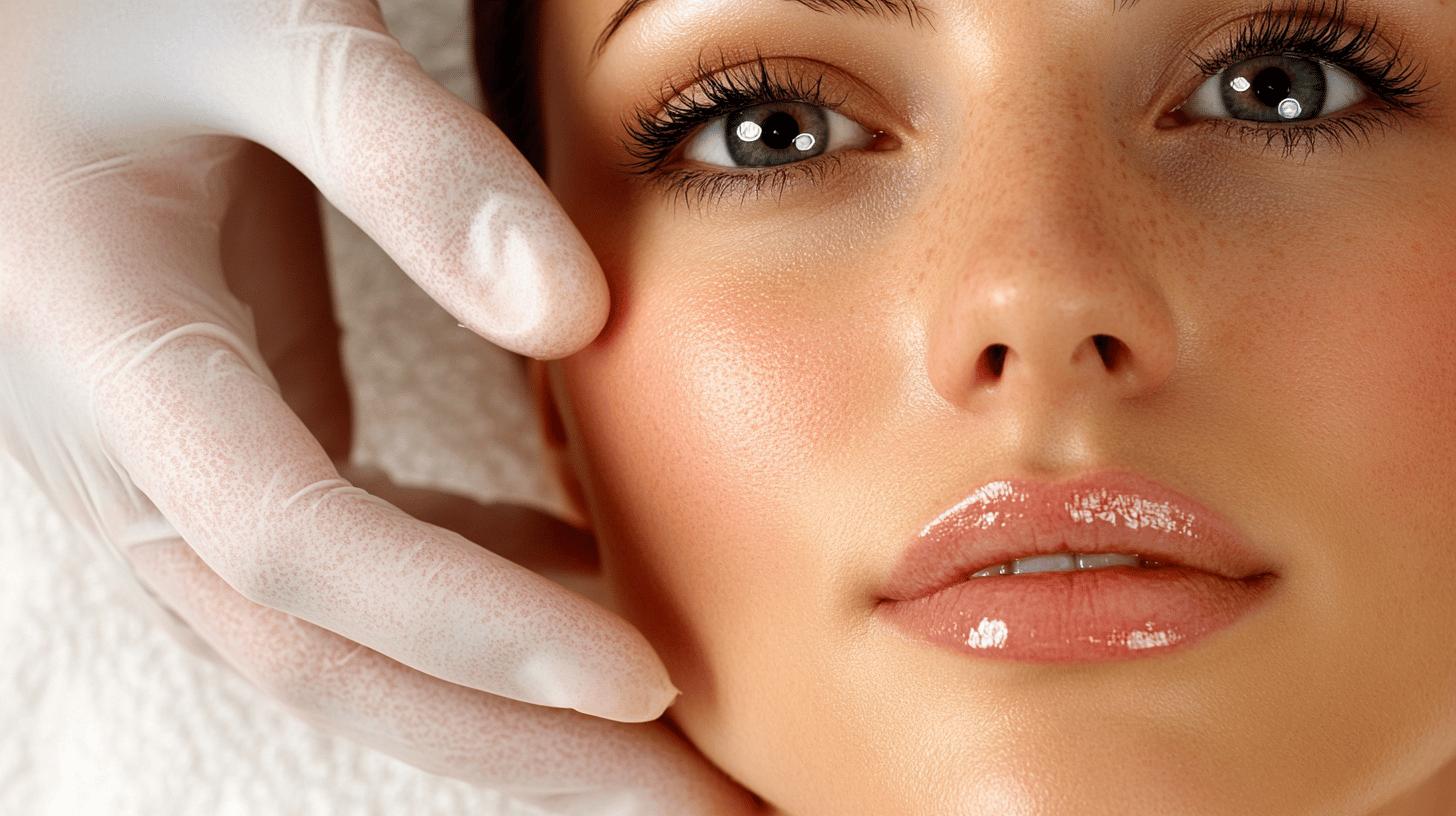
Before your first dermal filler appointment, it’s important to follow specific pre-procedure routines to ensure a smooth and effective experience. Arriving with a clean face, free from makeup, is essential. This allows the practitioner to accurately assess your natural facial features and maintain a sterile environment. Being well-prepared mentally can also help manage any anxiety or nervousness about the procedure.
Consultation Process
During the initial consultation, the practitioner will discuss several key topics to tailor the treatment to your individual needs. Expect a thorough discussion about your aesthetic goals and the specific outcomes you desire from the dermal fillers. The practitioner will review your medical history to identify any potential contraindications or allergies that could affect the treatment. Understanding the types of fillers available and their suitability for your needs is also a critical part of this conversation. Address any concerns you may have about the procedure, ensuring that you feel informed and comfortable before proceeding.
Injection Experience
The injection process involves several small, precise injections into the targeted areas. To minimise discomfort, a topical anaesthetic may be applied to numb the skin. This step is crucial for ensuring the procedure is as painless as possible. The practitioner’s expertise in facial anatomy ensures the fillers are administered accurately, enhancing natural beauty and achieving the desired contours. Patients often feel a mild pressure or pinching sensation during the injections, but any discomfort is typically brief.
Post-procedure expectations include some immediate aftercare steps. You might experience temporary side effects such as swelling, redness, or bruising in the treated areas. These are normal and usually subside within a few days. It’s advisable to follow any specific aftercare instructions provided by your practitioner to optimise healing and results. Avoid strenuous activities and exposure to direct sunlight for 24 to 48 hours post-treatment to enhance recovery.
Aftercare and Recovery Tips for Dermal Fillers
Effective aftercare is crucial to ensure a smooth recovery and optimal results following your dermal filler procedure. Immediately after the treatment, applying ice packs to the treated areas can help reduce swelling and minimise any discomfort. This should be done intermittently rather than continuously to avoid skin damage from excessive cold exposure. Adhering to a few simple aftercare steps can significantly impact the healing process and enhance the aesthetic outcome.
- Apply ice packs
- Avoid heavy exercise
- Stay out of the sun
- Refrain from alcohol
- Use gentle skincare products
- Follow-up with a practitioner if needed
Monitoring for potential side effects is an essential aspect of the recovery process. It’s common to experience temporary swelling, bruising, or redness in the treated areas, which typically subside within a few days. If you notice any severe or persistent side effects, such as prolonged pain or unusual changes in skin colour, it’s important to contact your practitioner promptly. They can provide further guidance and reassurance, ensuring any complications are addressed swiftly. Regular follow-up appointments may also be recommended to assess the results and determine if any adjustments or additional treatments are necessary.
Addressing Common Concerns and FAQs About Dermal Fillers
Understanding FAQs and addressing common concerns is essential for those considering dermal fillers. This knowledge not only helps demystify the procedure but also reduces anxiety by providing clear expectations. By exploring common queries, prospective patients can make informed decisions about their aesthetic journey.
Common Concerns
Pain is a frequent concern among individuals considering dermal fillers. While some discomfort is expected, practitioners often use topical anaesthetics to minimise pain during the injection process. The sensation is typically described as mild pressure or a slight pinching, which is brief and manageable.
Swelling and bruising are also common concerns post-treatment. These side effects are generally temporary and subside within a few days. To reduce swelling, applying ice packs intermittently can be effective. Avoiding activities that increase blood flow to the face, such as heavy exercise, can also help manage these symptoms.
FAQ Responses
One of the most frequently asked questions is about the longevity of dermal filler results. Results can last anywhere from six months to two years, depending on the type of filler used and individual factors such as metabolism and lifestyle. It’s important to discuss these aspects with your practitioner during the consultation to set realistic expectations.
Patients often inquire about the necessity of touch-ups. While initial results are typically visible immediately after treatment, the full effect becomes more apparent once any swelling subsides. Touch-ups may be necessary to maintain or enhance results, and discussing this with your practitioner can help in planning future treatments.
Another common question revolves around immediate visible changes. Most patients notice a difference right after the procedure, but optimal results are usually seen after a few days. This period allows any minor swelling or redness to decrease, revealing the intended aesthetic enhancements.
When performed by qualified practitioners, dermal fillers are generally safe. Ensuring the practitioner is experienced and certified significantly reduces risks and enhances outcomes. By addressing these FAQs and concerns, patients can approach their dermal filler appointments with confidence and peace of mind.
Final Words
Embarking on the journey of dermal fillers starts with selecting the right practitioner, ensuring they are experienced and certified, backed by positive reviews. Preparing adequately involves adjusting skincare routines and lifestyle habits to minimise potential side effects.
Understanding the appointment procedure—from consultation to the injection process—helps dispel anxiety, making the first experience smoother. Proper aftercare, including simple measures like applying ice and minimal physical exertion, aids recovery significantly.
Addressing common concerns beforehand, from FAQs to procedure safety, reinforces confidence in the decision. Mastering these preparatory steps optimises outcomes and satisfaction for your first dermal filler appointment.
FAQ
Q: How can I choose the right practitioner for my first dermal filler appointment?
A: When choosing a practitioner for dermal fillers, select one with extensive experience and expertise. Check for board certifications, read patient reviews, and ensure the clinic has a positive reputation.
Q: What skincare and lifestyle changes should be made before a dermal filler appointment?
A: To prepare your skin before a filler appointment, avoid blood-thinning medications and supplements, refrain from alcohol, use gentle cleansers, skip harsh exfoliants, and moisturise regularly.
Q: What should I expect during my first dermal filler appointment?
A: Arrive with a clean face and discuss your goals and medical history during the consultation. Expect the use of a topical anaesthetic and a series of small injections.
Q: What are some aftercare and recovery tips for dermal fillers?
A: Post-procedure, apply ice, avoid heavy exercise and sun exposure, refrain from alcohol, use gentle skincare products, and follow up with your practitioner if necessary.
Q: What are common concerns about dermal fillers?
A: Common concerns include pain, swelling, and bruising. Understanding these factors helps manage expectations and alleviate anxiety.
Q: How long do the results of dermal fillers last, and are touch-ups necessary?
A: Dermal filler results can last from 6 months to 2 years, depending on the filler type. Touch-ups may be needed to maintain desired results.


